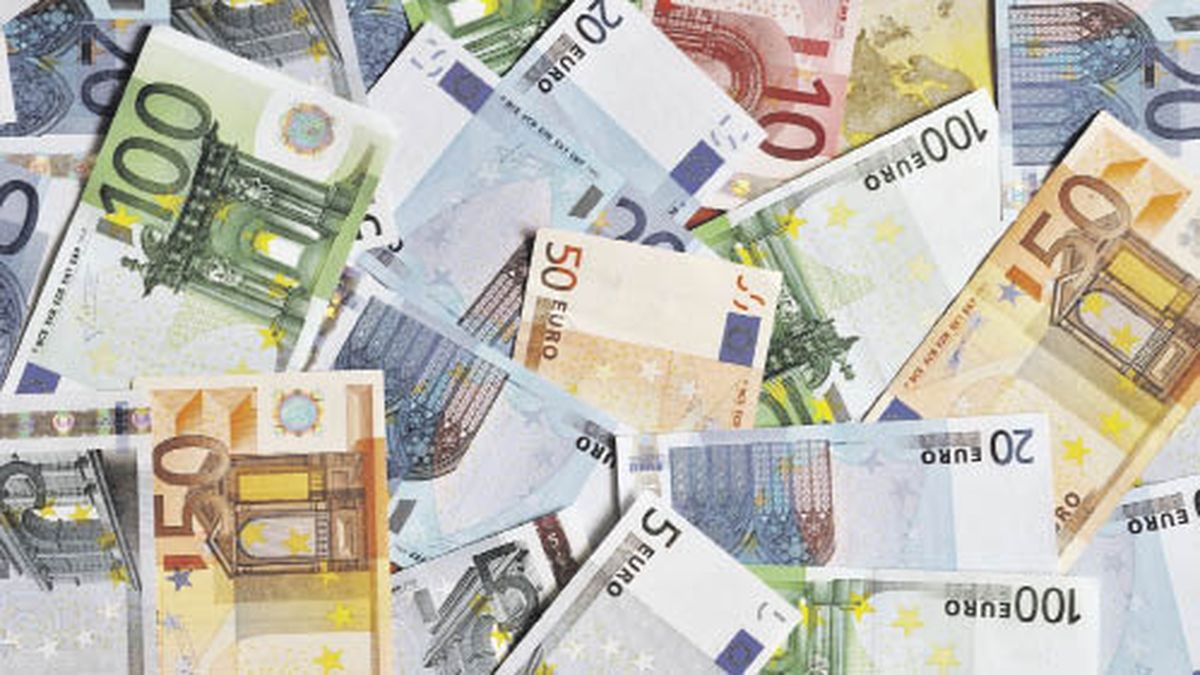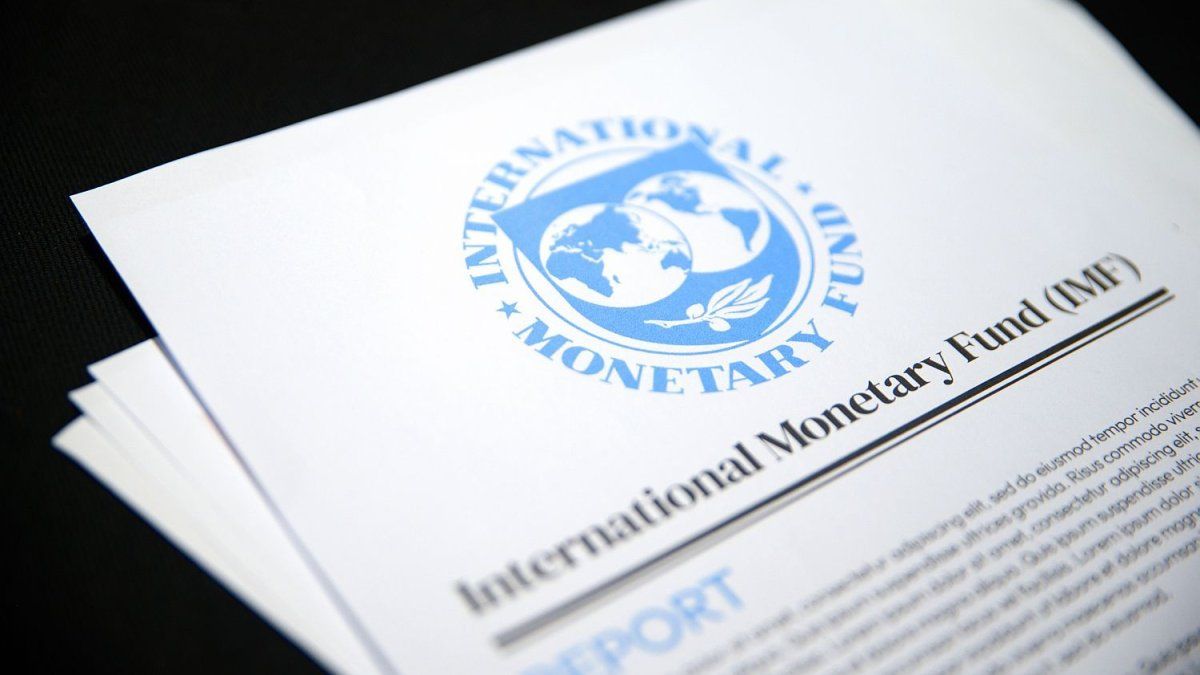The sales in shops of Uruguay presented a 3% increase so far this year – considering the records until September -, in relation to the same period in 2022; even despite the significant setbacks that were observed in the coastal departments due to the exchange difference with Argentina.
The latest sales report presented by the Scanntech Radar registered a positive situation in general – and relative – terms for the country in terms of the performance of businesses so far this year, with stability in terms of the previous months if the monthly variations are observed. In this way, between January and September of this year, businesses they sold 3% more that between January and September 2022.
However, if the data is analyzed more closely, the picture is not as good as it seems at first glance: if the effect that the bottled water consumption —from the water crisis that the metropolitan area experienced mainly, and which largely explains the increase in measurements—sales in businesses fell 2%.
Likewise, the scenario in the coastal departments was extremely worrying, with Leap and Paysandu presenting the largest falls, with a 22% less sales than last year, strongly impacted by the exchange difference with Argentina and the exodus of Uruguayans that is already common to the neighboring country. In counterpart, Montevideo and cannelloni presented the greatest growth, with a positive variation of the 5%.
In relation to sales by product family, so far in 2023, Drinks showed strong growth (24.6%) that was mainly driven by increased water consumption. Meanwhile, Food, Personal Care and Cleaning are those that show the most negative values, with falls of 1.4%, 7.1% and 7.4% respectively. These are also the items that present the greatest price gap with Argentina.
Finally, regarding the spent on each purchase occasion (average ticket) in the month of September was 421 pesos, which showed stability in relation to September 2022. In the interannual comparison of the first nine months of the year, the billing grew by 9%.
Consumption diversion, a concern
Meanwhile, the diversion of domestic consumption to Argentina remains a major concern. In this regard, the figures available on the impact of the exchange difference They correspond to the first half of the year, where the situation was already generating concern, not only because of what happened but also because of what was projected. In that sense, the consulting firm’s estimates Exante They already pointed out that the 3% growth of internal consumption that will occur in 2023, the 1.5% will take place outside national borders. That is, half of this consumption will be made in neighboring countries, mainly in Argentina.
This means, in principle, a double impact for the country: on the one hand, the impact on employment in businesses that stop making sales, especially in the coastal departments; and, on the other, an evident drop in the tax collection, driven by consumption taxes VAT and Imesi.
The situation can be observed practically every weekend, with the long lines that form on the international bridges that connect the country with Argentina. And in the run-up to a new long weekend, the alarms are going off once again due to the extension of the price gap which reached its highest historical value in September (180%), according to the latest report from the Salto Economic Observatory of the Catholic University of Uruguay (UCU).
“Without a doubt, this strong acceleration in the rise of the blue dollar in Argentina, in some way, exacerbates, at least in the short term, this situation of exchange rate misalignment with the neighboring country and, therefore, of consumption leak to that country,” he said. Florencia Carriquiry, partner of Exante.
Source: Ambito




